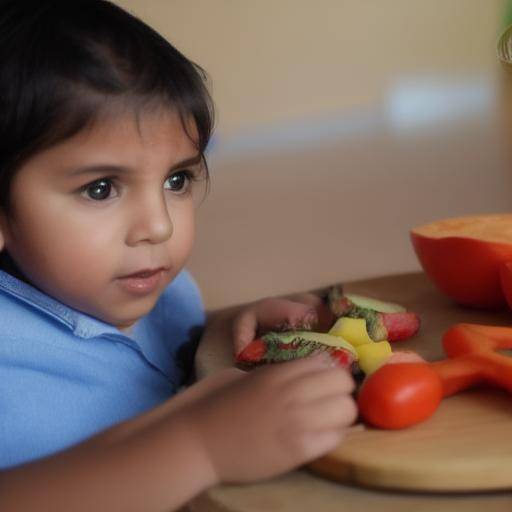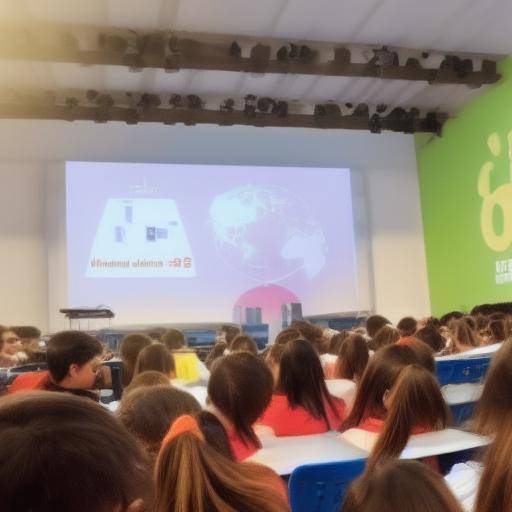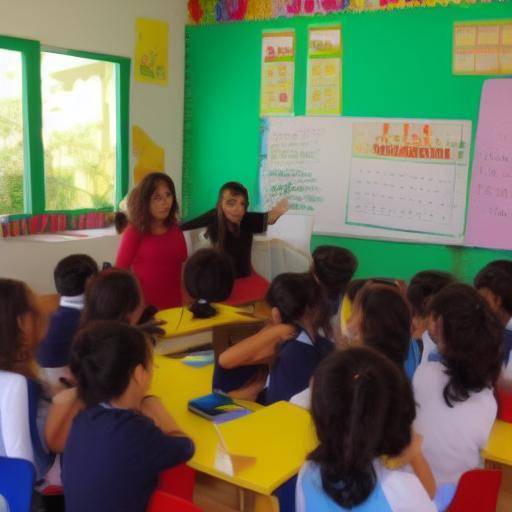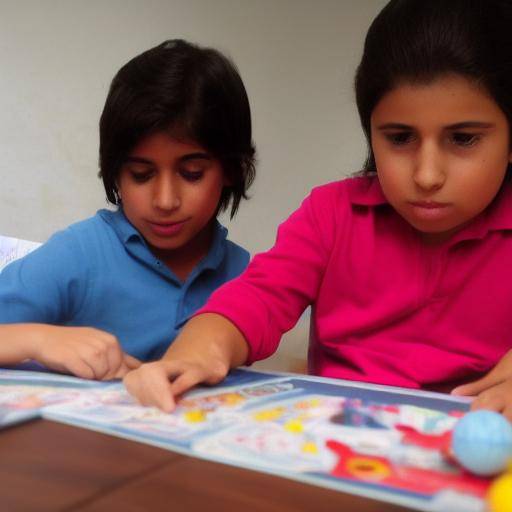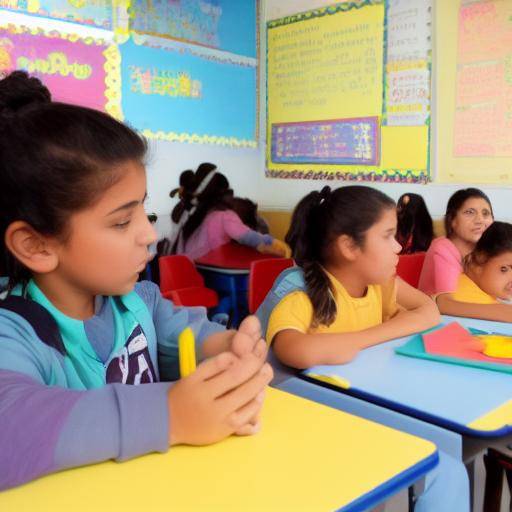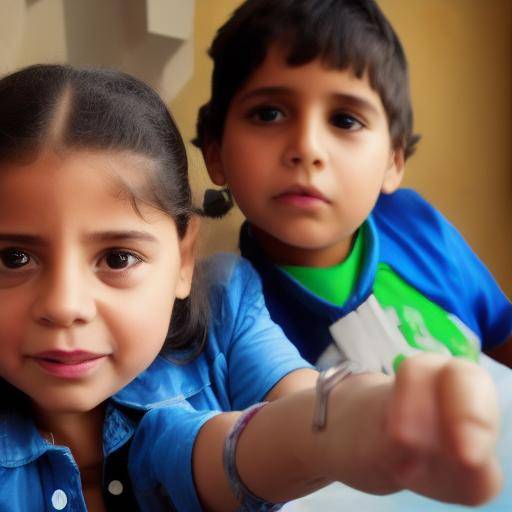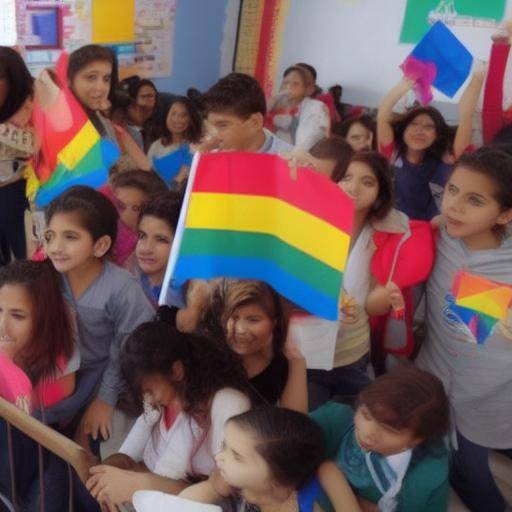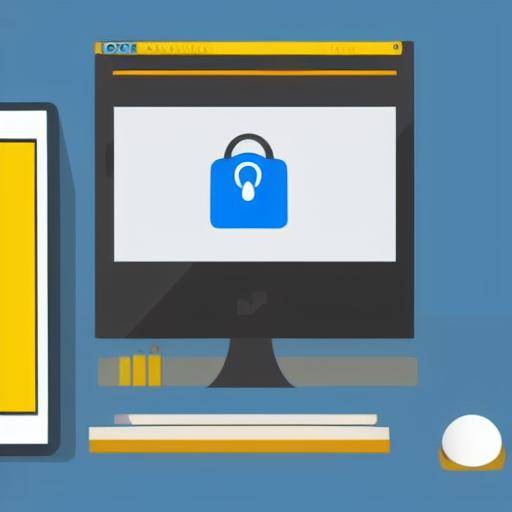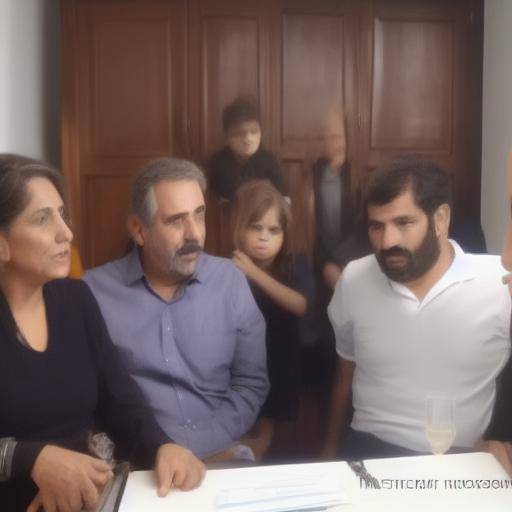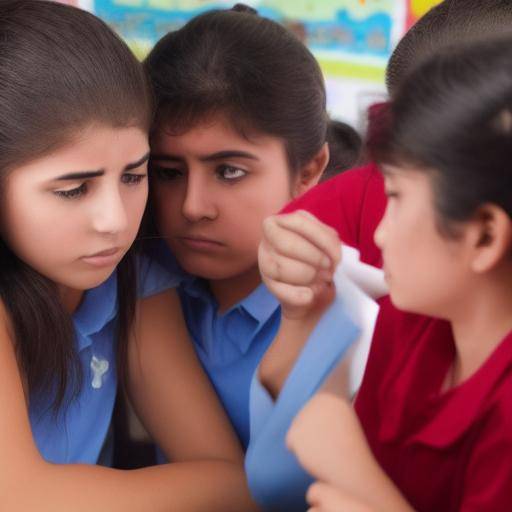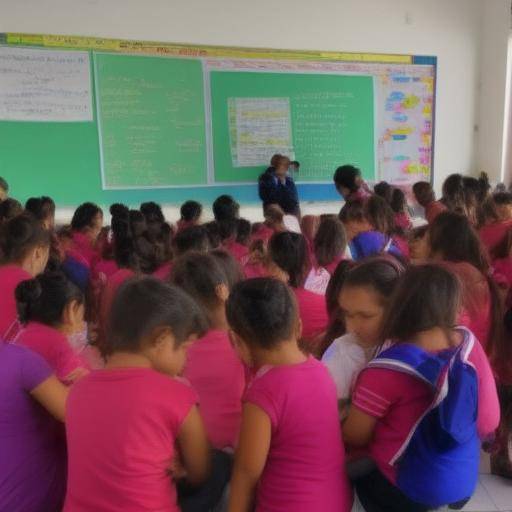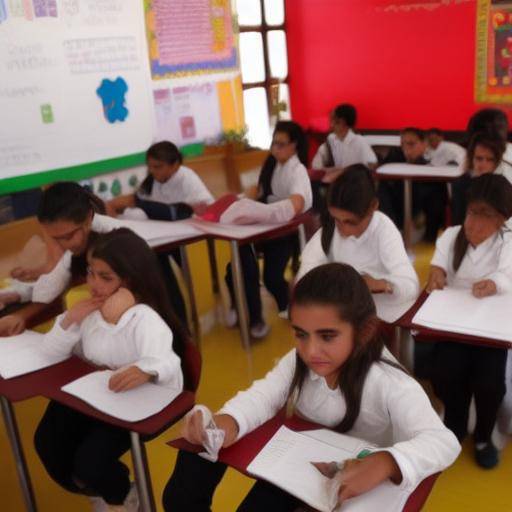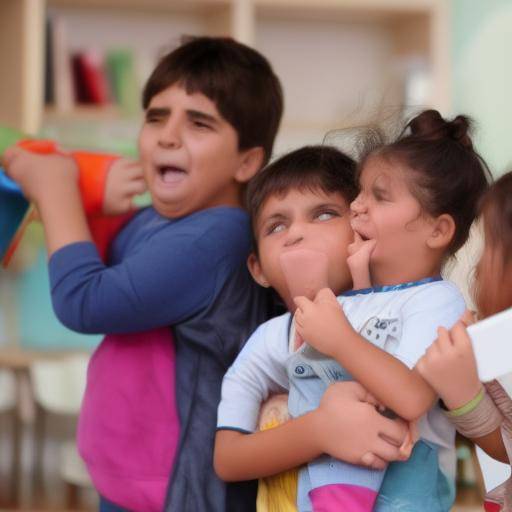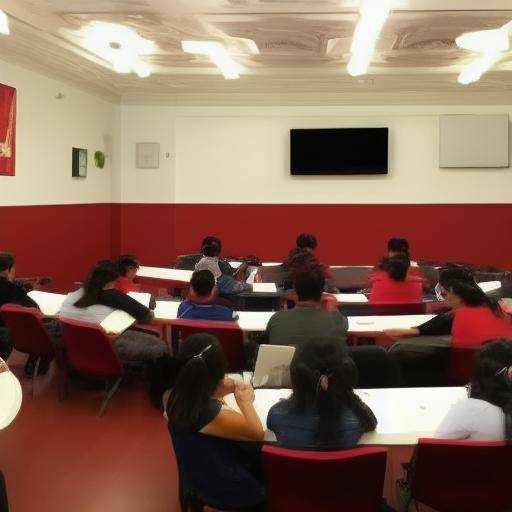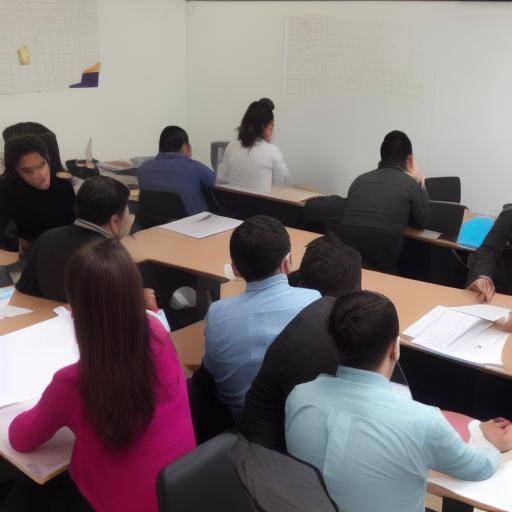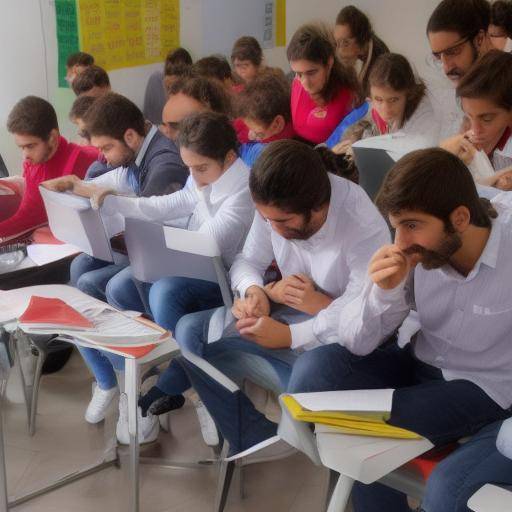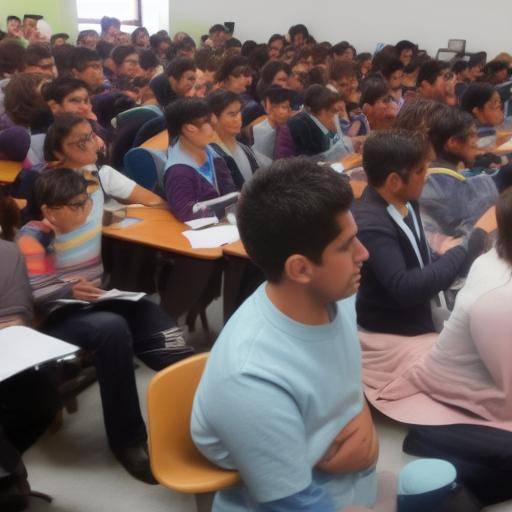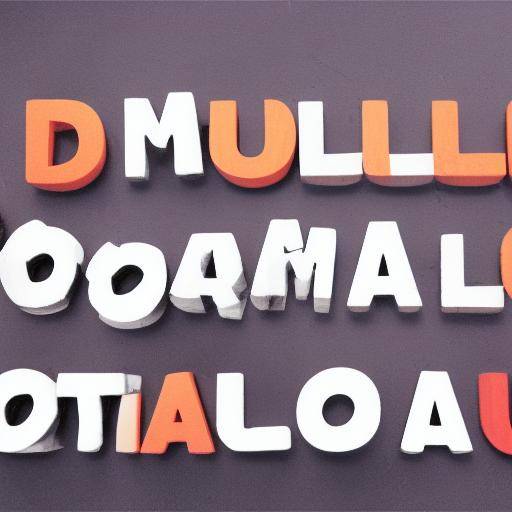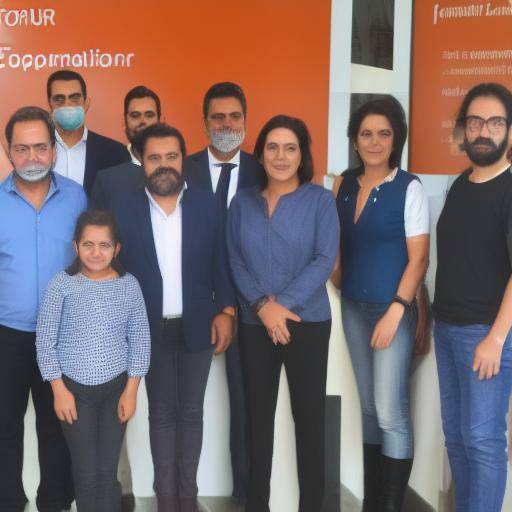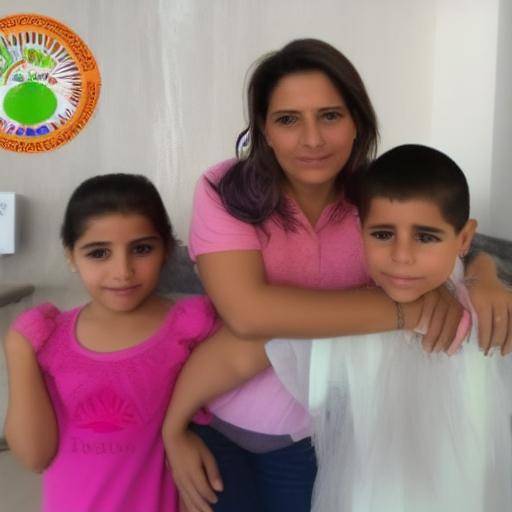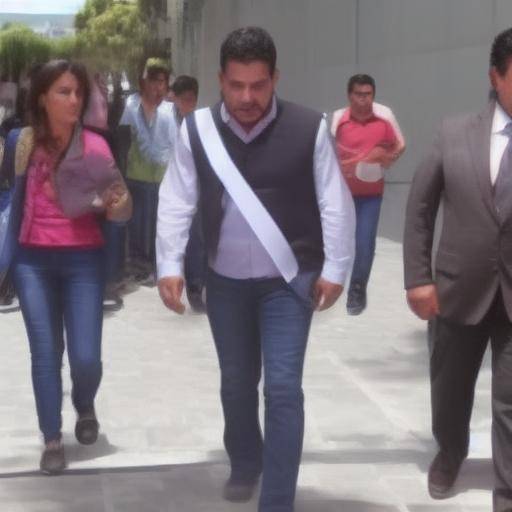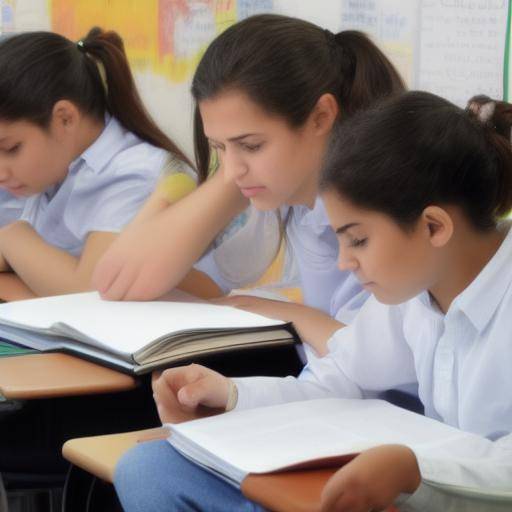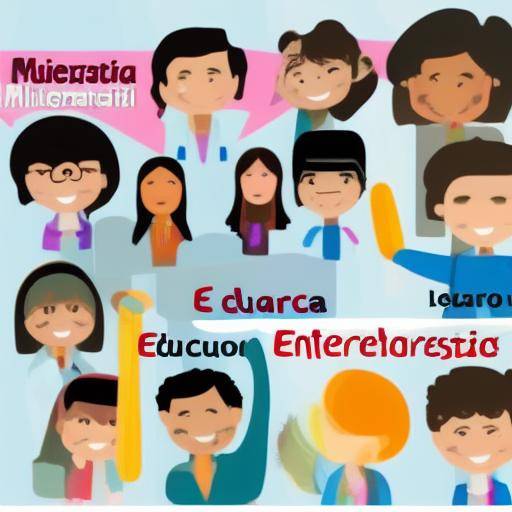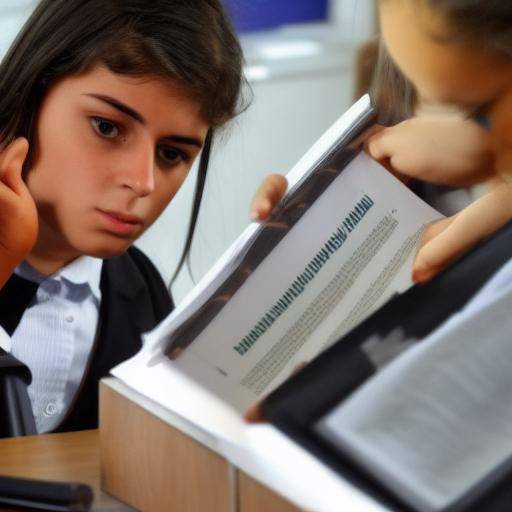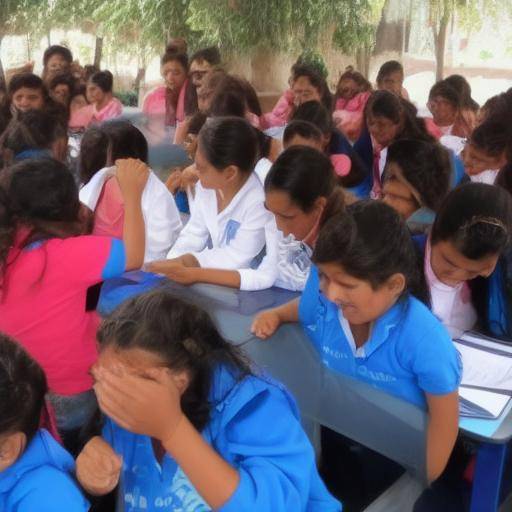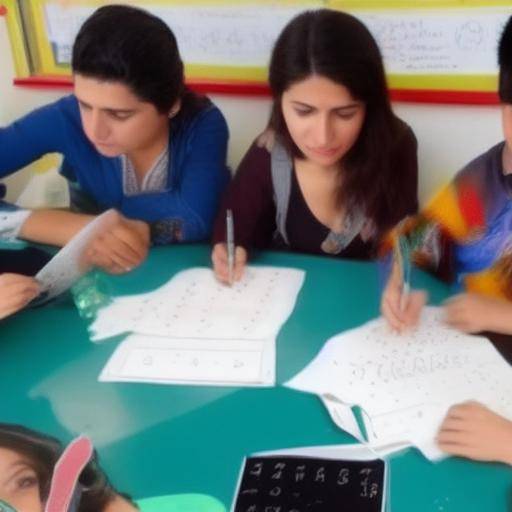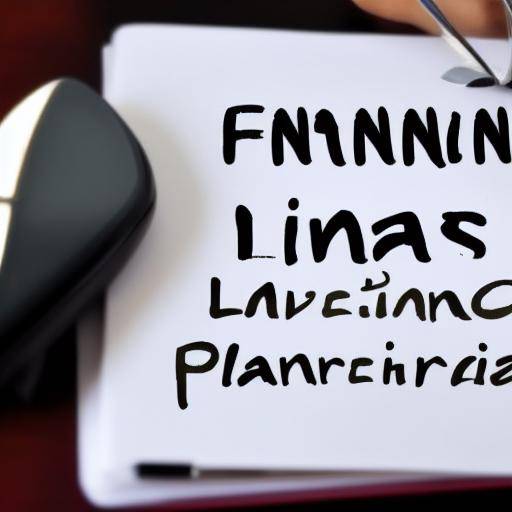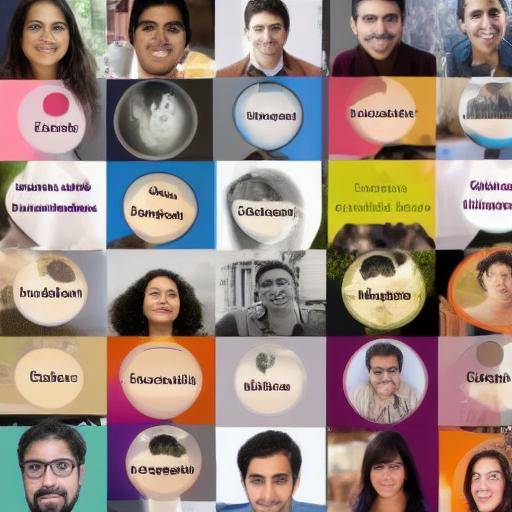
In today's education, teaching critical thinking to students is fundamental to their integral development. Critical thinking implies the ability to analyze, evaluate and formulate arguments in a logical and reasonable manner. Given their impact on problem solving and decision-making, it is essential that educators use effective strategies to promote this skill in their students. In this article, we will explore various strategies to teach critical thinking to students, addressing their importance, practical applications and the impact on their academic and personal development.
Introduction
Critical thinking is a key competition that goes beyond mere knowledge acquisition; it is the ability to think independently, question assumptions, analyze information and resolve problems effectively. In an increasingly complex world, fostering critical thinking in students is essential for their future success. In this regard, strategies to teach critical thinking become a crucial aspect of the educational process.
Throughout this article, we will explore effective and practical strategies to promote critical thinking in educational settings, from school to university. From the history and evolution of critical thinking to practical implementation tips in the classroom, this article will provide an integral vision of how to teach and cultivate such skill in students.
History and Background of Critical Thought
Critical thinking has been the object of interest throughout history, with roots dating back to ancient Greece and that have developed over the centuries. From Aristotle's reasoning to contemporary contributions of philosophers and thinkers, critical thinking has evolved significantly over time, influencing education and the formation of rational judgment.
In the educational field, the importance of critical thinking has been gaining recognition as its impact on cognitive development and the ability of students to face challenges in a reflective and analytical way has been demonstrated. Throughout history, significant milestones have been identified that have contributed to the understanding and promotion of critical thinking in educational settings.
Analysis in Profoundity of Critical Thought
Critical thinking, in its essence, implies the ability to analyze, synthesize and evaluate information in a reflective and deliberate manner. Through the promotion of critical thinking, students not only acquire skills for problem solving, but also develop a deeper understanding of the concepts and topics they study.
In exploring critical thinking, it is crucial to address both its benefits and associated challenges. While critical thinking strengthens students' ability to make informed decisions and develop solid arguments, it can also present challenges in terms of development and evaluation. Establishing a balance between fostering critical thinking and ensuring its applicability and relevance is a key aspect in implementing educational strategies.
Comprehensive Review of Strategies for Teaching Critical Thinking
Strategies to teach critical thinking vary depending on the age of students, the educational context and the resources available. From teaching methods based on dialogue and debate to the use of technological tools for problem solving, there are various approaches to nurture critical thinking in the classroom. In thoroughly reviewing these strategies, it is possible to identify best practices and consider their implementation in diverse educational settings.
In considering the integrality of strategies to teach critical thinking, it is essential to examine both traditional methods and innovations that have emerged in the educational field. This comprehension will provide a detailed view of how to effectively address critical thinking teaching, allowing educators to adapt and customize their approaches according to their specific needs.
Comparative Analysis of Strategies for Teaching Critical Thinking
By comparing the different strategies to teach critical thinking, it is possible to identify similarities, differences and synergies between the approaches used. From the socratic methodology focused on dialogue and interrogation to the use of digital tools for problem solving, each strategy provides a unique set of benefits and challenges. In conducting a comparative analysis, educators can identify the most appropriate strategies for their students and their specific context, thus optimizing the process of teaching critical thinking.
Practical Tips and Accessible Recommendations
By implementing strategies to teach critical thinking, educators can benefit from practical advice and actionable recommendations that allow them to optimize their pedagogical approach. Establishing an enabling environment for critical thinking, providing effective feedback and fostering a collaborative learning environment are just a few examples of measures that can enhance the development of critical thinking in students. By offering practical advice based on experience and research, this article will provide educators with the necessary tools to strengthen their critical thinking teaching skills.
Industry Perspectives and Expert Reviews
The perspectives of industry and the opinions of education experts offer a valuable insight into current trends and challenges in critical thinking teaching. By collecting and presenting ideas from leading educational professionals, this article will enrich the understanding of strategies to teach critical thinking, giving readers an informed look at the current and future state of education in relation to critical thinking.
Case Studies and Practical Applications of Critical Thought
Case studies and practical applications of critical thinking provide concrete examples of how these strategies can have a significant impact on the educational process. Through real cases and applied experiences, readers can understand the relevance and effectiveness of teaching critical thinking in academic and professional environments, thereby strengthening their appreciation of the importance of these strategies in the integral formation of students.
Future Trends and Predictions
In considering future trends and making predictions related to the teaching of critical thinking, this article will provide a prospective view on the evolution of educational strategies in this field. From the impact of technology to the growing demand for critical thinking skills on the labour market, key aspects will be explored that will influence how strategies to teach critical thinking will develop and adapt in the future.
Conclusion
In short, teaching critical thinking to students is a company of great relevance in the current educational field. Through the analysis of effective strategies, the consideration of expert perspectives and the exploration of future trends, this article has provided a comprehensive and insightful view on how to cultivate critical thinking in the educational environment. By implementing the suggested strategies and adapting them to the specific needs of students, educators can effectively promote this vital skill, preparing students to face the challenges of the contemporary world with clarity and insight.
Frequently asked questions
What are the key skills of critical thinking that students should be taught?
Critical thinking encompasses skills such as analysis, evaluation, problem solving, informed decision-making and sound arguments. Teaching students to develop these skills prepares them to address the challenges in a reflexive and analytical way.
How can I adapt strategies to teach critical thinking to different educational levels?
Adapting strategies to teach critical thinking to different educational levels requires taking into account cognitive development, reasoning skills and the learning context of students. It is essential to adjust the pedagogical approach, teaching materials and activities according to the specific characteristics of each group of students.
How can I evaluate the development of critical thinking in my students?
Critical thinking evaluation can be carried out through different methods, such as problem solving, text analysis, discussion and argument-making. It is important to design assessments that allow students to demonstrate their ability to apply critical thinking in diverse situations.
Are there digital tools that can support critical thinking teaching?
Yes, there are currently numerous digital tools specifically designed to encourage critical thinking, such as interactive learning platforms, troubleshooting applications and simulation programs. These tools can complement traditional strategies and enrich the educational process.
What role does critical thinking play in the formation of ethical and moral judgment?
Critical thinking provides students with the ability to reflect on ethical and moral issues, analyze different perspectives and make informed decisions. In fostering critical thinking, educators contribute to the development of ethical and responsible citizens.
What is the impact of critical thinking on the academic and professional success of students?
Critical thinking plays a key role in academic and professional success, as it trains students to face complex challenges, effectively solve problems, make informed decisions and communicate their ideas convincingly. These skills are highly valued in educational and labor environments.
In conclusion, encouraging critical thinking in students is a crucial task that requires effective strategies, adaptability and commitment on the part of educators. By using the strategies addressed in this article and by maintaining a focus on the integral development of students, educators can promote sound critical thinking and prepare their students for a future marked by reflection, innovation and informed decision-making.

